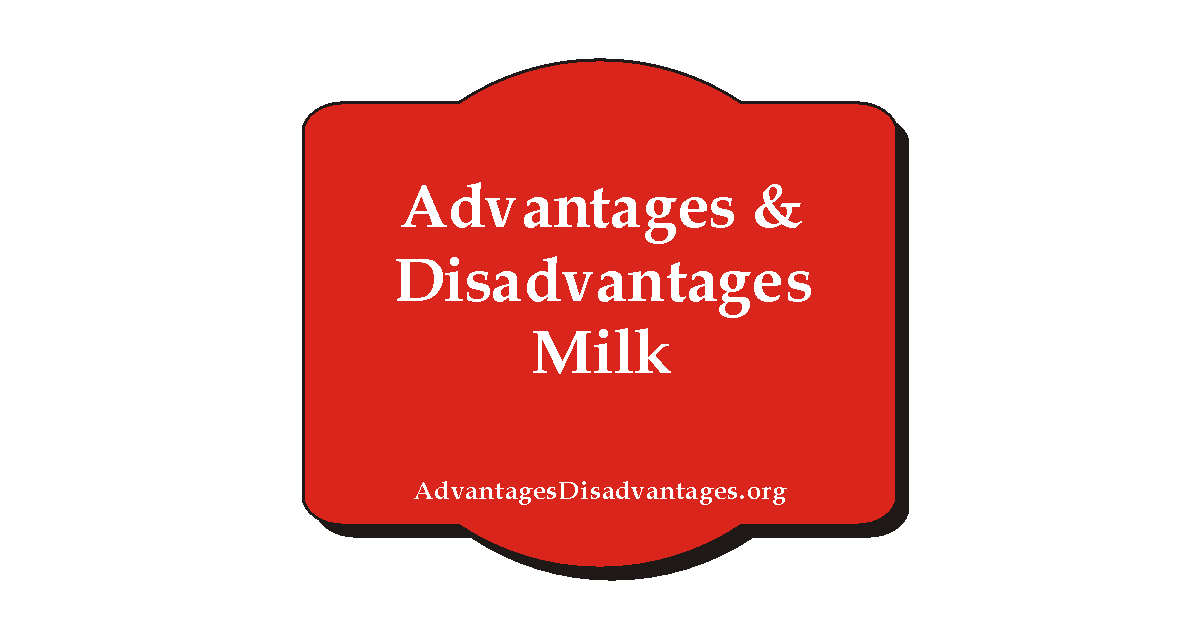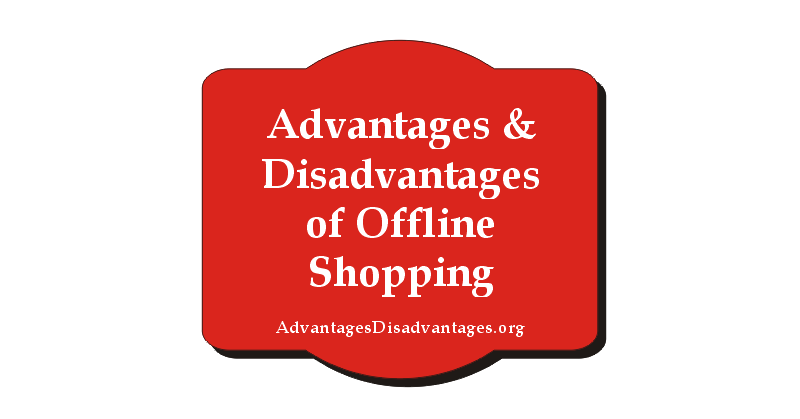Business
A Deep Dive into the Economics of Pet Insurance
Introduction
In this article, we will explore the world of pet insurance and delve into the economics behind it. As a pet owner, it’s crucial to understand how pet insurance works, the benefits it offers, the costs involved, and factors that influence premiums. We’ll also discuss the different types of pet insurance, tips for choosing the right policy, how to file a claim, common exclusions, alternative options, and the future of pet insurance.
Understanding Pet Insurance
Pet insurance is a financial product designed to help cover the costs of veterinary care for pets. Just like human health insurance, it provides peace of mind by protecting against unexpected medical expenses. Pet insurance typically covers accidents, illnesses, and sometimes preventive care.
Benefits of Pet Insurance
Having pet insurance comes with several advantages. Firstly, it allows you to provide the best possible care for your furry friend without worrying about the financial burden. It ensures that you can make medical decisions based on what’s best for your pet rather than what you can afford. Additionally, pet insurance can help save money in the long run, especially if your pet requires extensive medical treatment.
Costs and Coverage
The cost of pet insurance varies based on factors such as your pet’s age, breed, location, and the level of coverage you choose. Generally, the premium you pay depends on the risk associated with insuring your pet. It’s important to carefully review the coverage details, including deductibles, reimbursement percentages, and maximum payouts, to understand what expenses will be covered.
Factors Affecting Premiums
Several factors influence the premiums of pet insurance. These may include your pet’s age, breed, pre-existing conditions, location, and the coverage options you select. Younger pets and certain breeds may have lower premiums, while older pets or those with pre-existing conditions may have higher premiums. Your location can also impact the cost due to differences in veterinary costs and regional risks.
Types of Pet Insurance
There are different types of pet insurance policies available, including accident-only coverage, time-limited policies, maximum benefit policies, and lifetime policies. Accident-only coverage focuses on accidents and emergencies, while time-limited policies provide coverage for a specific period. Maximum benefit policies have a maximum limit per condition, and lifetime policies offer continuous coverage for ongoing conditions.
Choosing the Right Policy
When selecting a pet insurance policy, it’s essential to evaluate your pet’s needs, budget, and desired coverage. Consider factors such as your pet’s age, breed, and any existing medical conditions. Review the policy details, coverage limits, exclusions, waiting periods, and customer reviews. It’s recommended to compare quotes and seek recommendations from trusted sources or your veterinarian.
How to File a Claim
When your pet requires medical treatment covered by insurance, you’ll need to file a claim. The process typically involves gathering the necessary documentation from your veterinarian, completing a claim form, and submitting it to your insurance provider. It’s important to understand the claim submission requirements, including deadlines and supporting documents, to ensure a smooth reimbursement process.
Common Exclusions
Pet insurance policies often have certain exclusions, which are specific conditions or treatments that are not covered. Examples of common exclusions may include pre-existing conditions, hereditary conditions, elective procedures, grooming, and boarding fees. It’s crucial to thoroughly read the policy documents and understand the exclusions before purchasing pet insurance to avoid any surprises or misunderstandings.
Alternatives to Pet Insurance
While pet insurance offers comprehensive coverage, it may not be the right choice for everyone. There are alternative options to consider, such as self-insurance, setting up a dedicated pet savings account, or joining a veterinary discount program. Self-insurance involves setting aside a certain amount of money each month to cover potential medical expenses. A dedicated pet savings account allows you to accumulate funds specifically for your pet’s healthcare needs. Veterinary discount programs offer discounted rates on veterinary services and medications.
The Future of Pet Insurance
As the pet industry continues to grow and evolve, so does the landscape of pet insurance. With advancements in veterinary medicine and increased awareness of pet health, the demand for pet insurance is expected to rise. We may see new insurance products tailored to specific breeds or conditions, expanded coverage options, and innovative technologies that streamline the claims process. Additionally, as more pet owners recognize the importance of preventive care, policies may start to include wellness and routine care coverage.
Conclusion
Pet insurance provides a safety net for pet owners, ensuring that their beloved companions receive the medical care they need without the burden of high expenses. By understanding the economics behind pet insurance, you can make informed decisions when choosing a policy that suits your pet’s needs and your budget. Remember to carefully review the coverage details, exclusions, and factors affecting premiums. With the right policy in place, you can provide your furry friend with the best care possible.
FAQs
- Is pet insurance worth it? Yes, pet insurance can be worth it for many pet owners. It offers financial protection and peace of mind in case of unexpected medical expenses. By paying a monthly premium, you can potentially save money on costly treatments and ensure that your pet receives the necessary care.
- Can I get pet insurance for older pets? Yes, pet insurance is available for older pets, although premiums may be higher due to the increased risk of age-related health issues. It’s recommended to compare different insurance providers and policy options to find the best coverage for your senior pet.
- Are pre-existing conditions covered by pet insurance? No, pre-existing conditions are typically not covered by pet insurance. These are conditions that your pet had before the policy was in effect or during the waiting period. It’s important to disclose any pre-existing conditions when purchasing insurance to avoid claim denials.
- Can I use any veterinarian with pet insurance? Most pet insurance policies allow you to visit any licensed veterinarian of your choice. However, it’s essential to check the policy details for any restrictions or preferred provider networks that may affect your coverage.
- Can I adjust my pet insurance coverage over time? Yes, many pet insurance providers allow you to adjust your coverage level as your pet’s needs change. You can often upgrade or downgrade your policy to align with your evolving requirements. Contact your insurance provider to discuss the options available to you.

-

 Health6 years ago
Health6 years agoAdvantages and Disadvantages of Milk
-

 Tech4 years ago
Tech4 years ago6 Tips to Improving E-Commerce Websites
-

 Home6 years ago
Home6 years agoAdvantages and Disadvantages of Village Life in Points
-

 Travel5 years ago
Travel5 years agoAdvantages and Disadvantage of Travelling
-

 Sports4 years ago
Sports4 years agoThe benefits of playing an online live casino
-

 Tech6 years ago
Tech6 years ago10+ Advantages and Disadvantages of Mobile Phones in Points
-

 Tech5 years ago
Tech5 years agoEssay on Advantages and Disadvantages of Offline Shopping
-

 Tech5 years ago
Tech5 years ago8+ Advantages and Disadvantages of Motorcycle |Having Bike